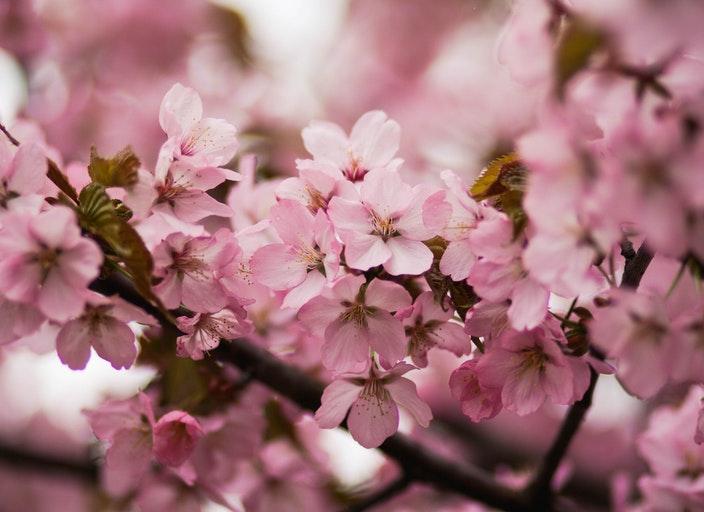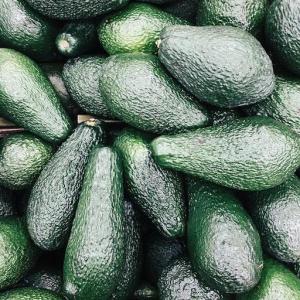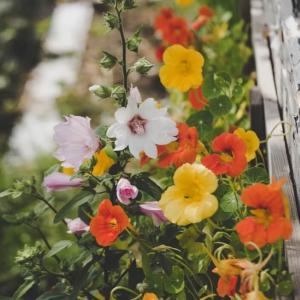

One of the most well-known ornamental cherry trees in the world today is the Yoshino cherry tree. It has a beautiful pendulous form and is renowned for being among the first cherry trees to blossom. The blooms on this tree have a lovely almond aroma and adorn the environment. If you're seeking for a medium-sized flowering tree for your landscape that is adapted to many different kinds of soil, can withstand heat, and can halt visitors in their tracks with its beauty, this wonderful hybrid between Prunus speciosa and Prunus subhirtella var. ascendens is a winner.
Care for Yoshino Cherry Trees
Before starting what may be a highly gratifying project, you should be aware that yoshino cherry trees need considerable attention. Maintaining cherry trees requires a lot of labor, but it is worthwhile since these trees are so beautiful. The labor will be in maintaining your tree's water supply, making sure it's healthy and free of pests, and trimming it to keep it looking good for as long as feasible.
Knowing just where to plant your tree and the circumstances that will make that location the classic "Goldilocks" zone may help you cut down on some of your care. Don't allow a little more work stop you from using this magnificent species in your landscaping plan. Read the material below at your own pace, and keep in mind that trees are forgiving.
Light
Your Yoshino cherry will need two things that are essential if you want to produce the most stunning spring display: plenty of light and consistent hydration. Giving your tree at least six hours of direct sunshine each day will not only ensure that it grows and thrives, but it will also give it the greatest chance of producing an abundance of lovely blossoms in the spring.
Surprisingly, Prunus yedoensis may thrive in a variety of soil types as long as the soil is moist and has the ability to hold onto some moisture without becoming permanently wet. You may do your own soil test at home, but the ideal soil would have a pH of 6.5 to 7, be average in texture, and drain well. Consider putting mulch around the base of your tree and out to the dripline to assist your soil retain more moisture. It shouldn't touch the trunk and should be buried no deeper than three inches. It won't degrade rapidly if you use a good organic hardwood mulch, which will also reduce how often you need to mulch.
Water
For your tree to remain healthy and beautiful, it must get proper irrigation. Yoshino cherries need a lot of water because of their rapid growth.
Watering it once a week in normal weather or twice a week in really dry weather for the first two seasons after planting must be at the top of the list of gardening duties if the plant is young and needs to establish itself.
After the first two growing seasons, water your tree each two weeks using a soaker hose (you may make one yourself if you don't have one). Ten gallons per inch of trunk diameter, as measured by caliper, is the "usual" rate of watering. Don't water the foliage; water the roots. If there are drought conditions, water the tree once a week in the same way, keeping in mind that prolonged soaks are preferable than more frequent, shallow waterings.
Thermodynamics and Humidity
Due to its tolerance of warm conditions, this particular cherry hybrid is quite well-liked. It is not surprising that Yoshino cherries or its varieties make up 73% of all the cherry trees in Washington, D.C.'s Tidal Basin, according to the United States National Park Service. It is one of the few cherry trees in the area that can withstand the heat and humidity. While it does well in heat and humidity, it struggles in drought, necessitating the need to arrange additional watering during these times.
Despite your instinct to feed the fertilizer Prunus yedoensis more in order for it to produce more flowers, it is not a tree that is a huge feeder. Test your soil for any inadequacies before adding any fertilizer to see if an application is even necessary. Applying fertilizer will likely result in more foliage being produced than fruit or flowers, which is the exact opposite of what you desire.
Yoshino Cherry Tree Types
Yoshino cherry trees come in many different kinds and dozens of cultivars. The number of cultivars and variations increases into the hundreds when you take into account the varieties and cultivars of its parent plants. A cultivar of this hybrid would be sought after due to flower shape, color, or arrangement. The quantity of blooms in a cluster may often vary from cultivar to cultivar, affecting the appearance of the tree as a whole. Of course, this also applies to shape and color. You may get flowers in a variety of colors, from delicate pink to a light pink that fades to white as the season goes on, depending on the cultivar. Four of the most well-known Yoshino cherry varieties are listed below:
1. The cultivar Prunus x yedoensis "Akebono" has a circular crown and pink blossoms that eventually become white.
2. Prunus x yedoensis 'Afterglow' is a cultivar that is becoming more well-known for its deep pink, long-lasting flowers.
3. The cultivar Prunus x yedoensis 'Shidare Yoshino' has white blossoms and a weeping shape.
4. The fast-growing cultivar Prunus x yedoensis "Morioka-pendula" has a severely weeping shape.
Pruning
Your cherry tree has to be pruned to create shape. The branches shouldn't be thinned to increase light penetration. Ornamental plants' bark is very delicate and susceptible to sunlight. Furthermore, trimming to allow for direct light on the trunk promotes sprout development, which is unsightly and hard to stop once it starts.
Depending on the cultivar, you might need to thin out suckers or clip the bottoms of weeping branches to clean up the area surrounding the trunk. Every year, look for weak, dead, damaged, or dying limbs on the tree and cut them off before the spring. When your tree becomes too large for you to properly execute these chores without a ladder, you should enlist the help of a licensed arborist.
Propagation
Grafting, air layering, and softwood cuttings are the three techniques for growing Yoshino cherries. For softwood cuttings to successfully root on hardwood cuttings during grafting, the cutting must be chosen at exactly the proper moment. Cherry cuttings will not root on hardwood cuttings. Due to these factors, air layering is your best choice since it is the simplest. Additionally, after you have rooted plant material, you may plant your tree and have a fully grown clone of the original tree shortly after.
You don't need a lot of equipment or supplies to air layer. You'll also need some sphagnum moss, plastic wrap, grafting tape, and a sharp tool like a grafting knife. You will air layer by:
Remove the bark from the branch down to the cambium by making two parallel incisions around it that are at least 3/8 inch thick and 2 inches apart. This will prevent your final cutting from collecting nutrients or water.
Wrap the exposed wood with wet sphagnum moss, cover it with plastic wrap, and securely tape the ends to prevent any water from leaking in or out.
Wait for a rootball to form and periodically inspect the wrapped area for evidence that roots are growing. When your new tree is established, take off the plastic, cut it below the root ball, and plant it right away.
How to Make a Tree Bloom
A blossoming tree may not flower for a variety of reasons. First of all, avoid using the tried-and-true method of fertilizing! It's possible that the fertilizer you're applying to attempt to entice some blossoms may make them reticent and direct more nutrients into the foliage rather than the flowers.
Now that you've hopefully stored the fertilizer, check at some additional (likelier) reasons.
When were the trees planted? Your tree may be too young to blossom if you just planted it. A mature tree is required for flowering. Keep in mind that a tree's reproductive system is represented by its blossoms.
How long ago was the last frost? The cold this year could have killed off any buds that were on the tree.
Does your tree receive enough sunlight or water? Yoshino cherry trees need these two qualities in order to blossom and seem their best. This is probably why you are getting some blooms but not many.
Test your soil lastly. After eliminating the three more probable reasons, examine your soil to determine if it has any deficiencies.
Typical Pests and Plant Illnesses
Constantly checking your tree for insects and illness is one of the continuing duties you will need to carry out since the Yoshino cherry is particularly susceptible to both. When you discover a pest has come in, it's a good idea to keep an eye out even if the insects often won't create too many significant problems. Aphids, scale, borers, caterpillars, and Japanese beetles are likely to attack your trees.
The illnesses that might affect your tree are more concerning, but the best course of action is to spot any early symptoms. Leaf spot and leaf curl are most prevalent on Yoshino cherries. A fungicide may be used to treat leaf spot, and the affected plant material has to be destroyed. Leaf curl must also be removed by pruning.
文章
sososo赞了

共1条评论


sososo
2022年07月18日
0
so beautiful!









